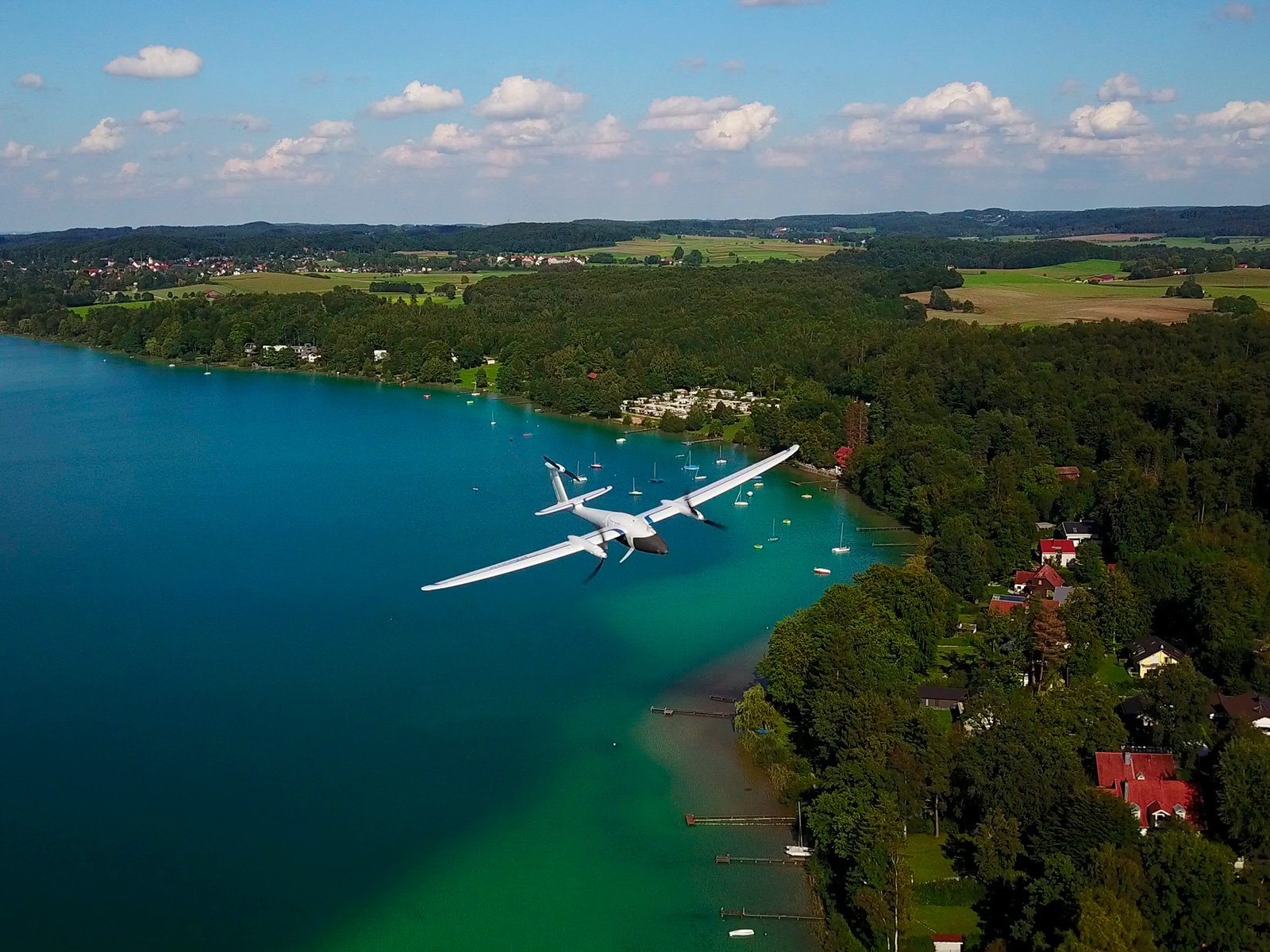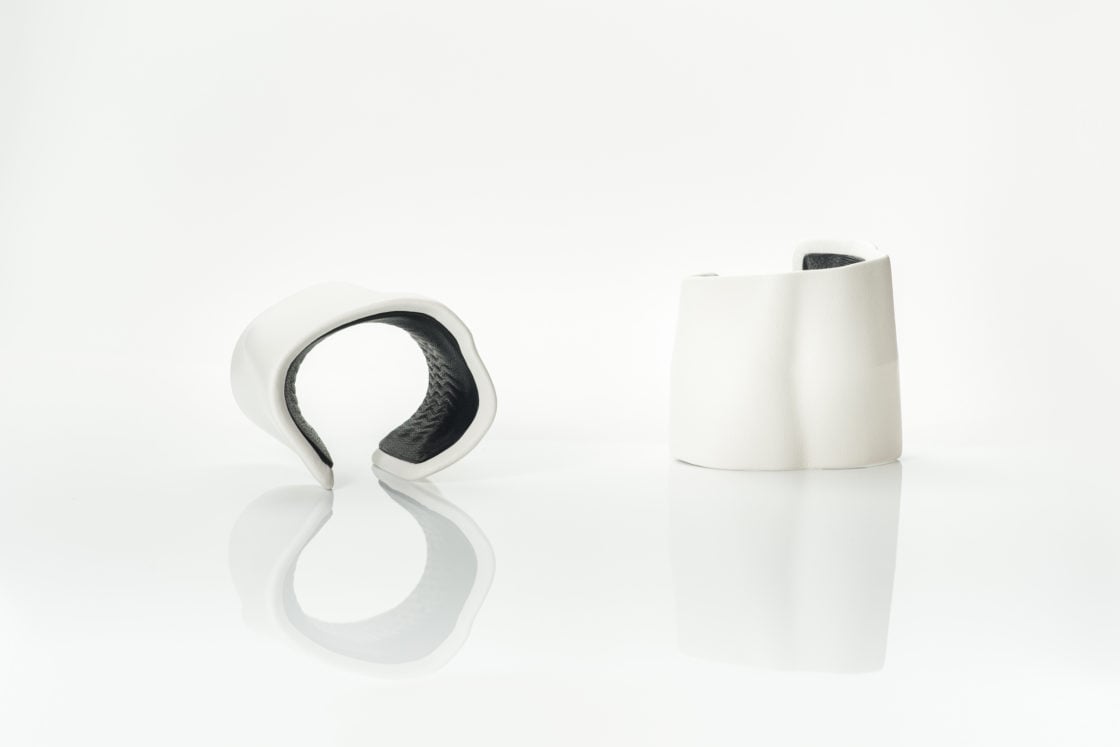
The possibilities are endless with 3D printing–granting access to rapid prototyping and unlimited opportunities for iteration. On-demand production and reduced part assembly as pieces are nested together in additive manufacturing offer tremendous advantages for manufacturers scaling business. These processes are further enhanced by speed in production for strong and lightweight parts; however, the most critical, persisting benefit, is the ability to make complex geometries not possible before via conventional manufacturing.
Shapeways customers have produced countless brilliant designs, inventions, and high-performance functional parts over the years. Shapeways Customer Service is aware of the time, effort, and challenges that go into perfecting 3D models and meeting stringent project requirements. This is why they strive so hard to make the process seamless for designers as they reach the point of self-service uploading for 3D models, whether sharing designs for 3D printed drone frames, medical models, fine jewelry, or an infinite number of other products.
Self-Service 3D Printing: Customer Service is There for You
Customer Service dedicates numerous resources to ensure designers achieve success in uploading models, ordering 3D prints, and scaling their additive manufacturing. This includes an extensive Pre-Print Checklist covering everything from preparing 3D models with moving and interlocking parts to compensating for smoothing.
Designers have access to informative tutorials on topics like:
- 3D modeling software
- Rapid prototyping
- Additive manufacturing
- 3D printing tools
- 3D scanning
- Orientation and other settings
- Post-processing
For information regarding 3D printing orders, Shapeways Customer Service addresses the following:
- Pricing information for 3D printing materials and other products
- Discounts for 3D prints
- Expedited and international shipping for 3D prints
- Import duties, taxes, and brokerage fees
- Rejection of 3D models
- Details about the “Print It Anyway” (PITA) option
“Shapeways wants to help bring your ideas to life, whether you need to create a replacement part for your favorite appliance, or want to grow your business with the multitude of 3D printing materials that Shapeways offers,” says Steve Weart, Director of Customer Success at Shapeways.
“We make those ideas a reality by using our 14 years of expertise to help you get your model to the perfect level of printability–within the material guidelines that are best for your particular end-use application. With an industry-best team of technical experts, we provide this seamless process to hundreds of customers per day.”
Customer Service is also available to answer questions that cannot be answered at the Help Center, whether you need additional information about guidelines for uploading your 3D model or assistance with a 3D printing order. If you have more complex questions regarding printability or customizing parts, the User Application Team is available too.

Getting Started: Basic Self Serve Uploading Instructions
Are you ready to upload a 3D print design? Shapeways allows designers and engineers to participate in a self-serve upload process, allowing for instant quotes and an immediate printability analysis. Upload your 3D print design by following these steps:
- Log into your Shapeways account and select My 3D Models.
- Find the ‘choose a 3D file or drag it here’ area. Select your units, keeping in mind that your model can be re-scaled later.
- Drag and drop your file, or click and a dialogue box will appear, allowing you to select the file.
- The model page will load. Proceed from there.
Automated Printability Analysis
After uploading your 3D model, a series of automated processes are activated to check for printability. This begins with assessing the file format, making sure it is a supported file, with a suitable polygon count. The printer bounding box requirements, found on each Shapeways 3D printing materials page, must be within limits, ensuring the 3D model will fit into the designated 3D printer. 3D models must be watertight and closed, with the right normals and manifold.

File Type Compatibility and Size
While uploading STL files for 3D printing is most common, there are many other options:
- Acceptable 3D printing file types include: DAE, OBJ, STL, X3D, X3DB, X3DV, WRL, 3MF, STP, STEP
- Full color 3D printing file types: DAE, WRL, X3D, X3DB, X3DV, OBJ
- Textures files: GIF, JPG, PNG–upload as a ZIP folder containing the model file and textures (and MTL for OBJ)
In some cases, 3D printing files may be too large, which prohibits the self-serve upload process. The maximum file size for all 3D printing file types is 64MB and/or 1 million polygons. If your file exceeds that capacity, consider reducing the size by zipping the files, as compression will reduce the size without compromising your design.
Another option is to split the parts by breaking the 3D model down into small individual parts that can be assembled after printing. This workaround allows customers to maintain fine details without the added step of compressing files or reducing the polygon count.
Avoid Printability Problems from the Start
Users pushing the limits of 3D printing and focusing on innovation may encounter file-fixing issues during the 3D file creation process. Making the right choices ahead of time often saves headaches down the line, whether prototyping or 3D printing high-performance parts.
While design specialists at Shapeways can often regenerate many 3D models deemed unprintable at first, it’s easier to be aware of–and avoid–typical issues from the start. Becoming educated about 3D printing materials and technology is key:
“Different materials have different guidelines, and sometimes we run into problems when a model is set for a material that isn’t compatible with a more complicated type of geometry,” says Angeliki Sioliou, User Application Design Specialist.
3D models are often rejected for issues like weak geometries, a variety of details in Cast Metal products like jewelry, and of course–wall thickness and texture.
Orientation is a very common setting which can also be customized in advanced settings by following these steps:
- Visit My 3D Models, and click the three vertical dots to the right of the model.
- Select Open in 3D Tools.
- Click on Set 3D Printed Orientation.
- A popup window appears, with a navigational button in the bottom left corner. Use this to set the 3D printing orientation, and click Save Orientation when finished.
In some cases, Shapeways designers may receive customized feedback from User Application Design Specialists like Angeliki:
“I make sure the models are printable if possible,” she says, pointing out that from her end, feedback sent to customers is not coming from a computer system or a bot, but directly from her.
“For some models, we add a personalized message at the beginning of a printability rejection.”

Consult with the User Application Team for Any 3D Printing Order
Each production job is unique, beginning its journey as soon as the customer uploads a 3D model. From there, proprietary software activates the additive manufacturing process. Businesses with larger-volume orders may benefit from working with the User Application (UA) Team directly though.
The UA Team controls production of quality parts made to customer specifications, whether for large-scale 3D printed architectural statement pieces, full-color miniatures for gaming companies, or industrial electronic measuring devices for home-brewing craft beer.
In some rare cases, 3D models are simply unprintable because they are not designed with the proper guidelines. For customers working with a specific set of requirements for larger projects requiring intensive customization, a one-on-one consultation with the UA Team will help them cross the final hurdle.
“Our goal is to make the customer experience as seamless as possible,” says Matthew Nadler, User Application Materials Specialist at Shapeways. “We unlock all that Shapeways has to offer for our customers, and enable them to leverage our full capabilities.”
About Shapeways
Enjoy the benefits of this advanced technology and a wide range of materials from Shapeways for 3D printing your creations with accuracy, complex detail, and no minimum or limits in terms of mass customization or single part orders. Shapeways has worked with over 1 million customers in 160 countries to 3D print over 21 million parts! Read about case studies, find out more about Shapeways additive manufacturing solutions, and get instant quotes here.


